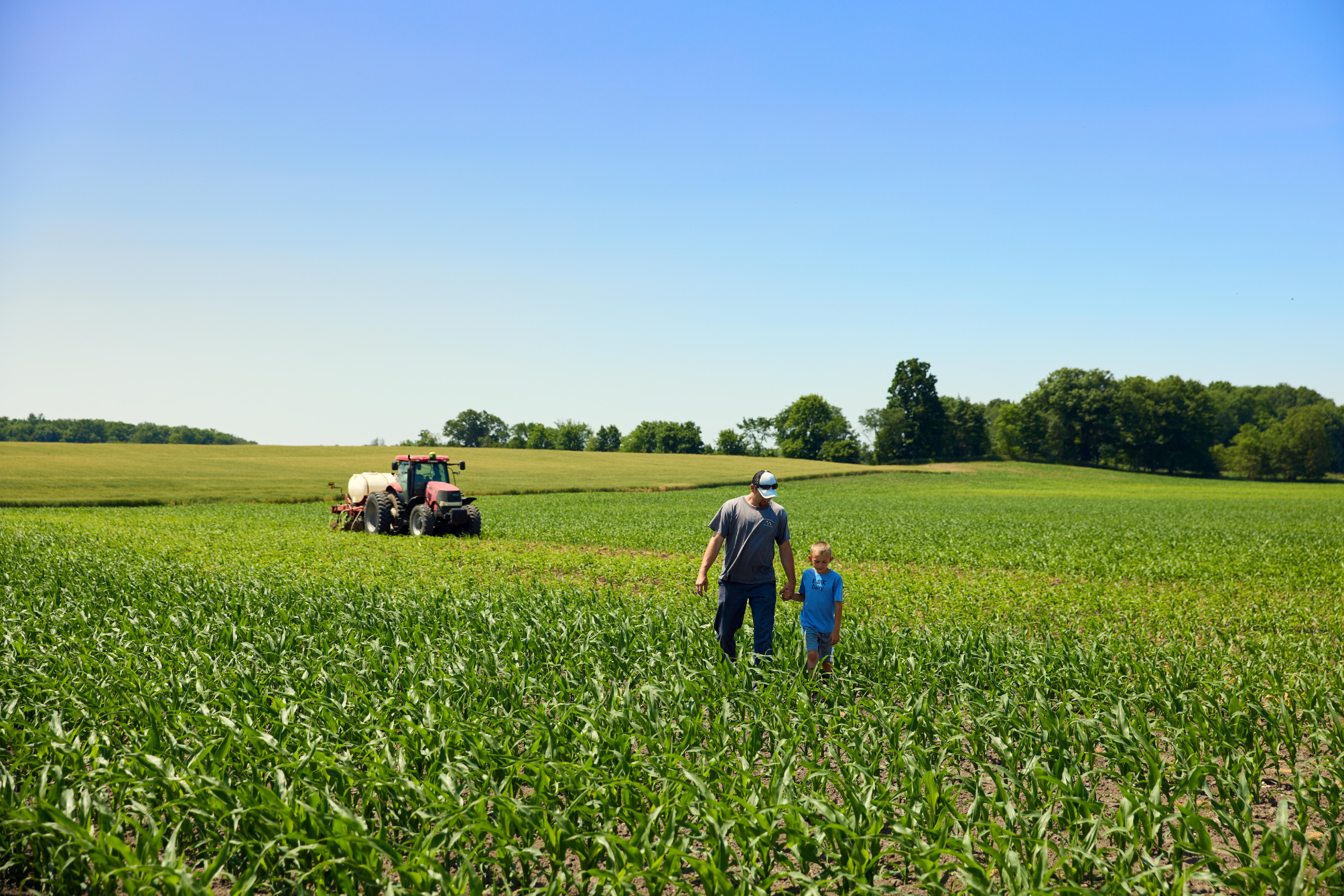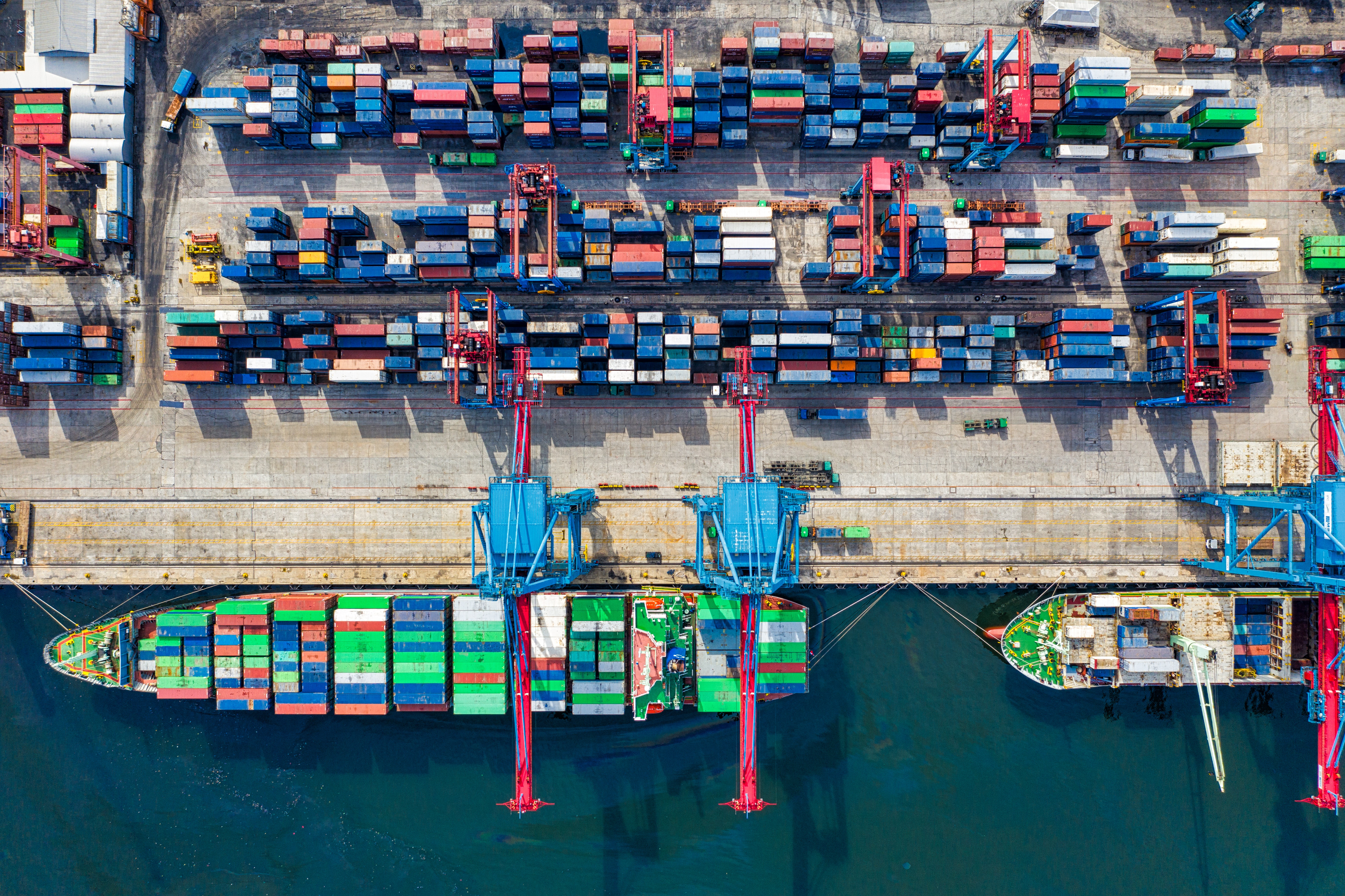
Challenge
How can a global manufacturer measure the indirect emissions from its value chain?
Across nearly every industry, most emissions occur within the value chain. Nonetheless, collecting and assessing this data isn’t easy. The more international and intricate a value chain is, the harder it can be to capture Scope 3 emissions data.
As the world’s leading producer of cereals, Kellogg Company understands this challenge first-hand. Its foods, like Rice Krispies® and Frosted Flakes®, grace breakfast tables across the globe, requiring Kellogg to liaise with about 20,000 suppliers in multiple markets.
Reducing greenhouse gas emissions is part of Kellogg’s™ Better Days Promise environmental, social and governance (ESG) strategy, which aims to create better days for three billion people by the end of 2030. Recognising the opportunity of decarbonising its value chain, Kellogg sought to measure its value chain footprint. Doing so, will help the company track its progress on driving emissions down and spur further action.
Solution
Steering Kellogg’s climate action plan through an emission calculation tool
To help Kellogg dissect its value chain emissions and identify areas where emission reductions have the most impact, we:
Impact
Making carbon-informed supplier choices
The calculation tool empowers Kellogg to go beyond simply measuring its footprint. Instead, it enables a concrete plan of action that will help Kellogg steer its climate strategy and strengthen its carbon data collection. It will enable Kellogg to:







